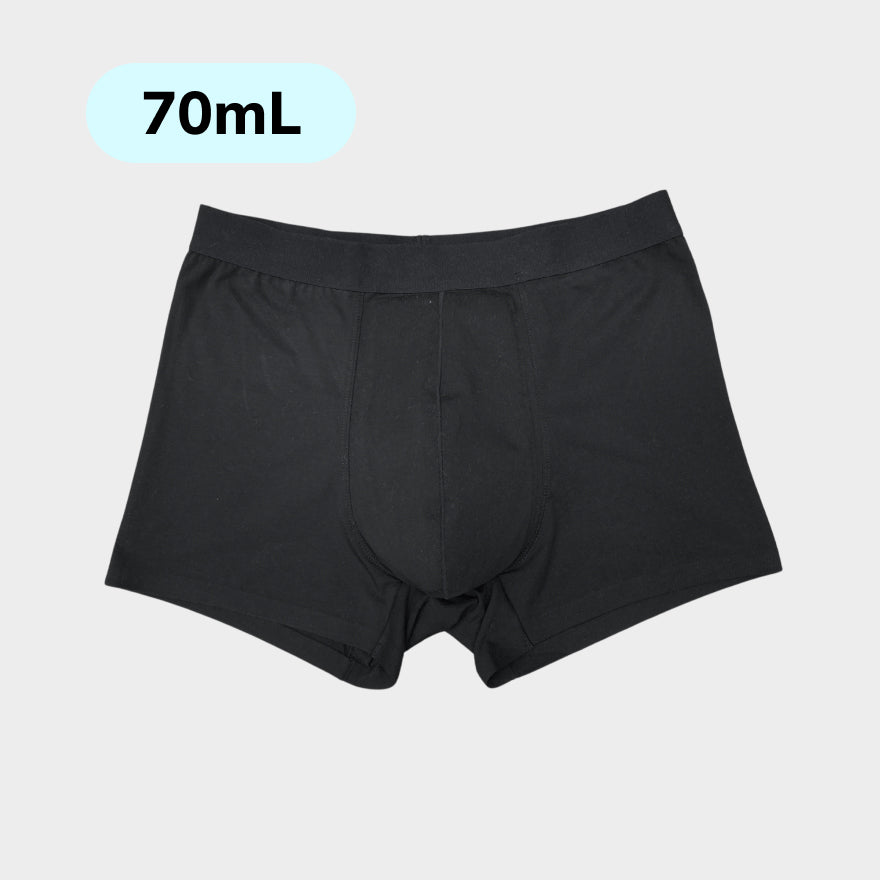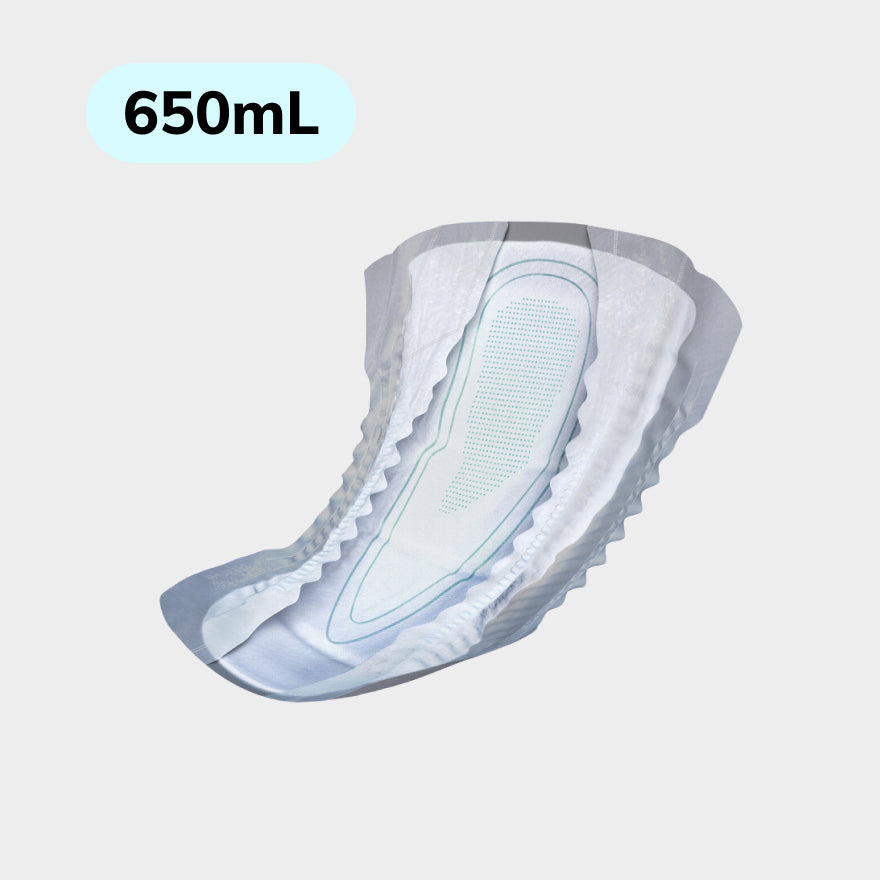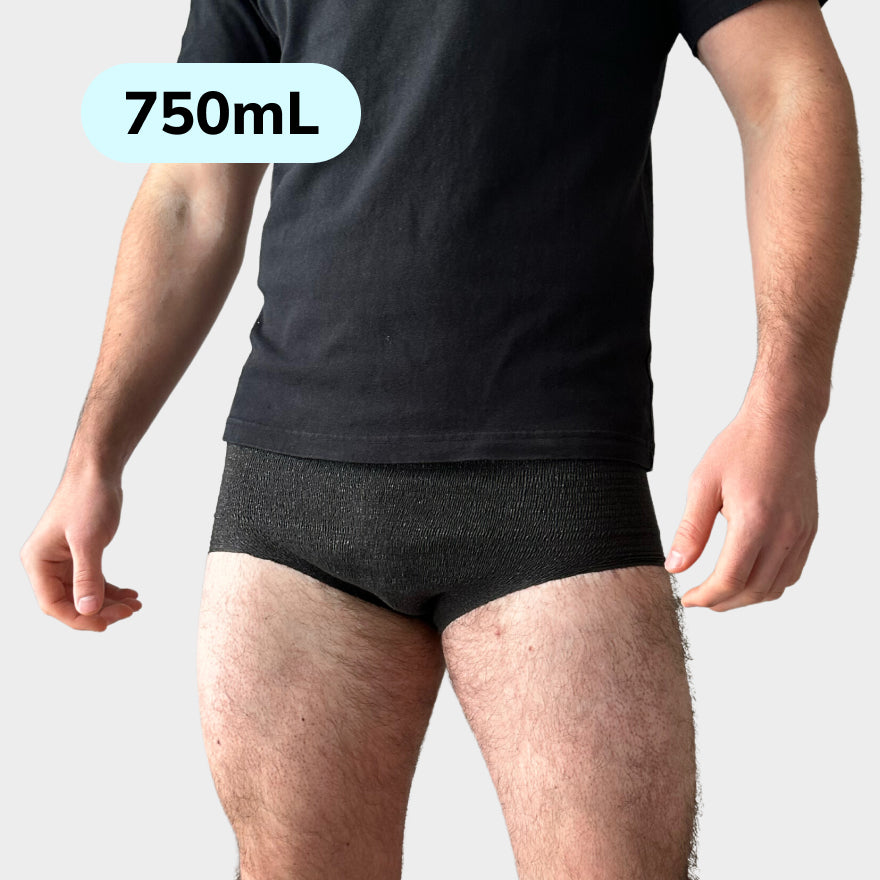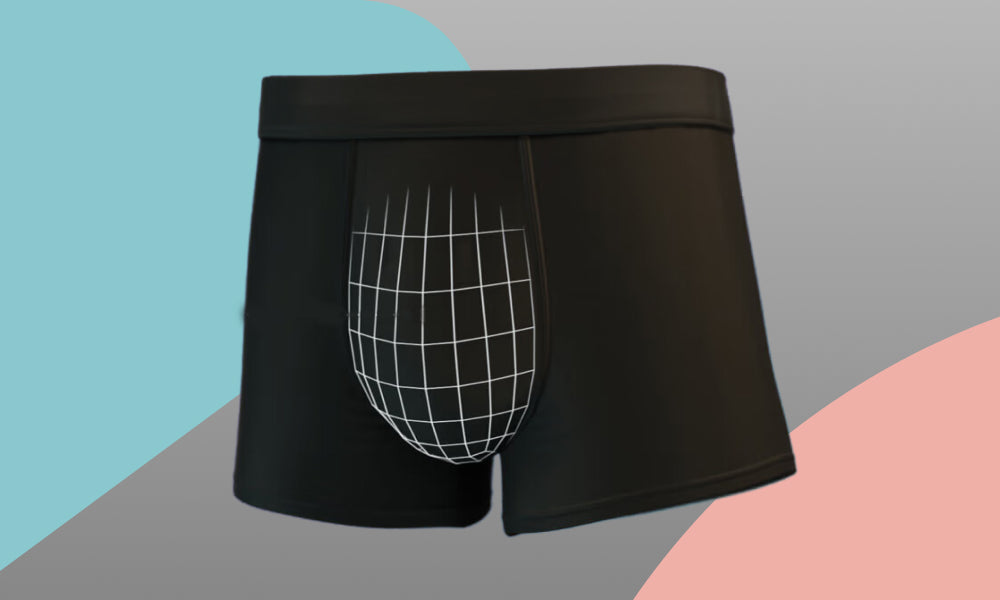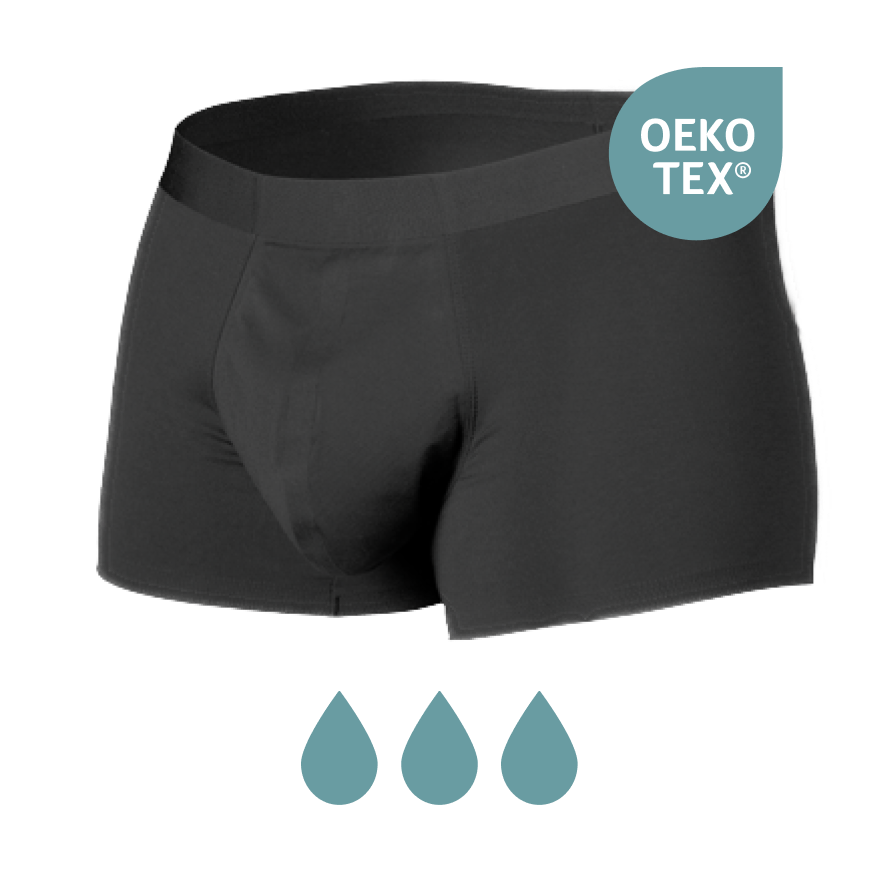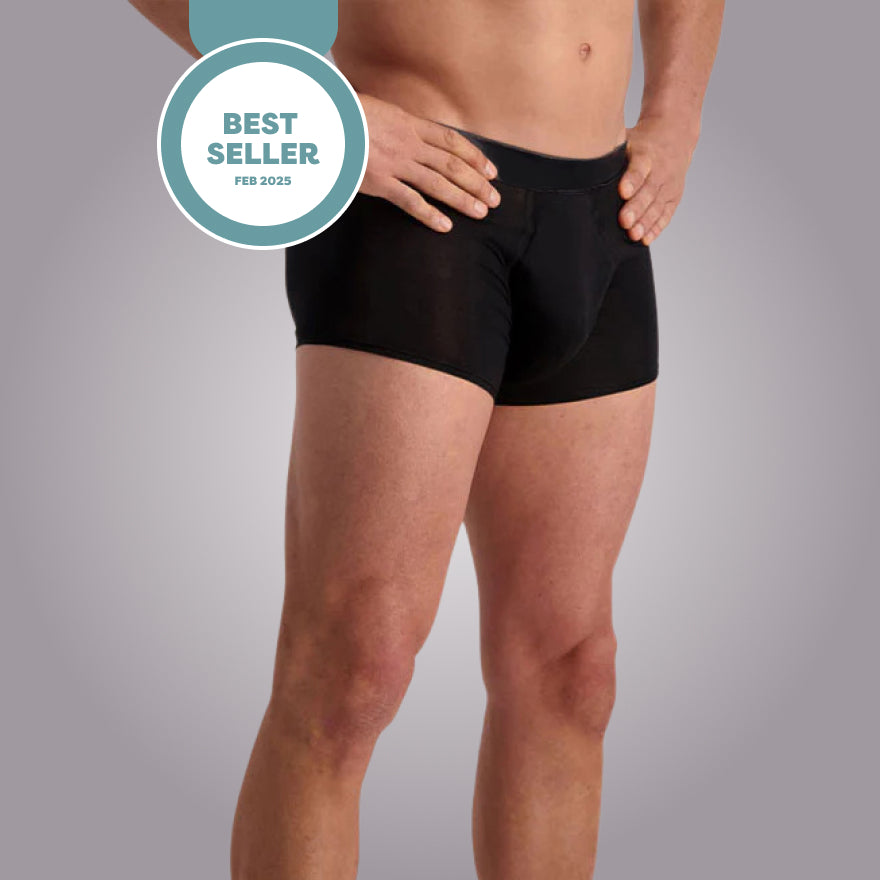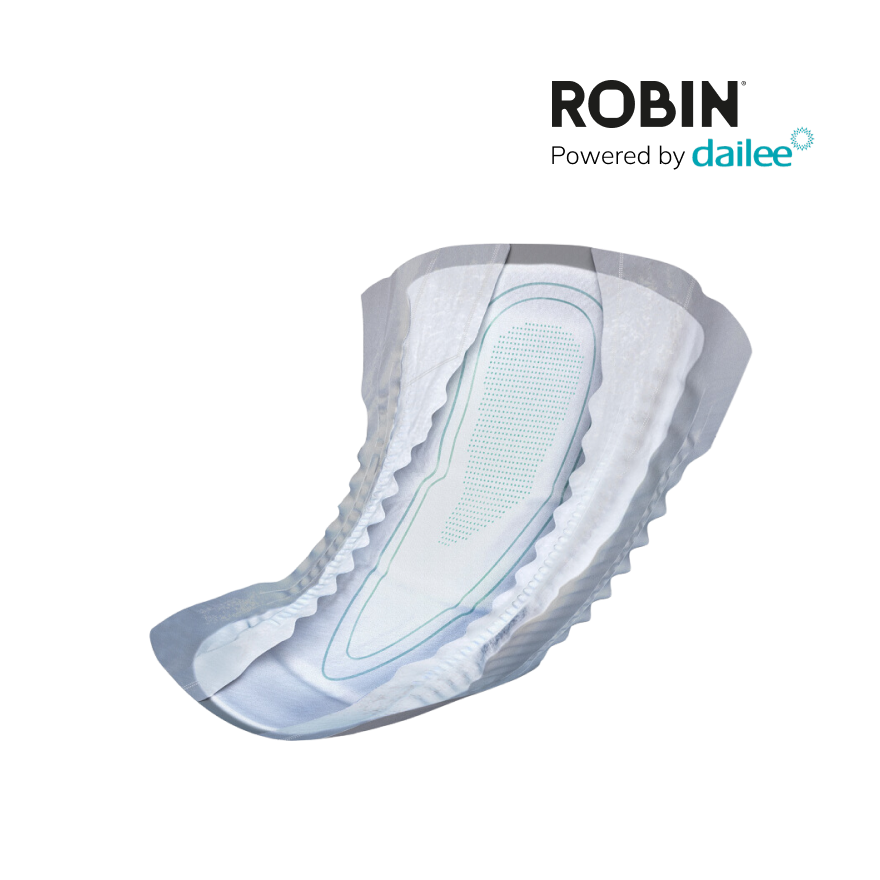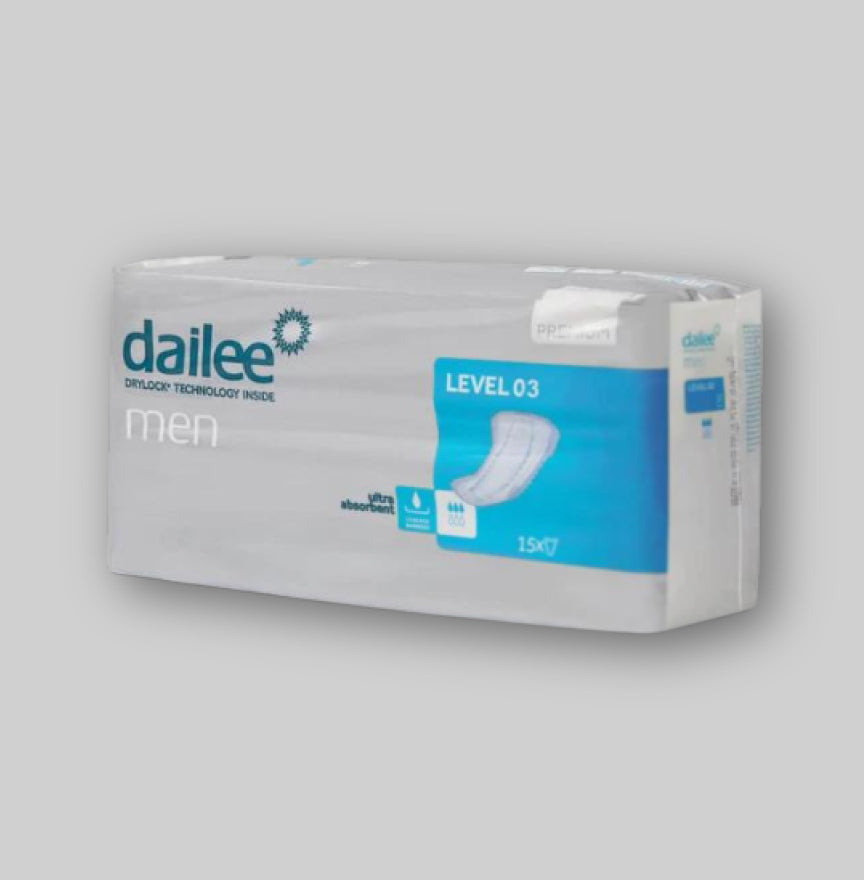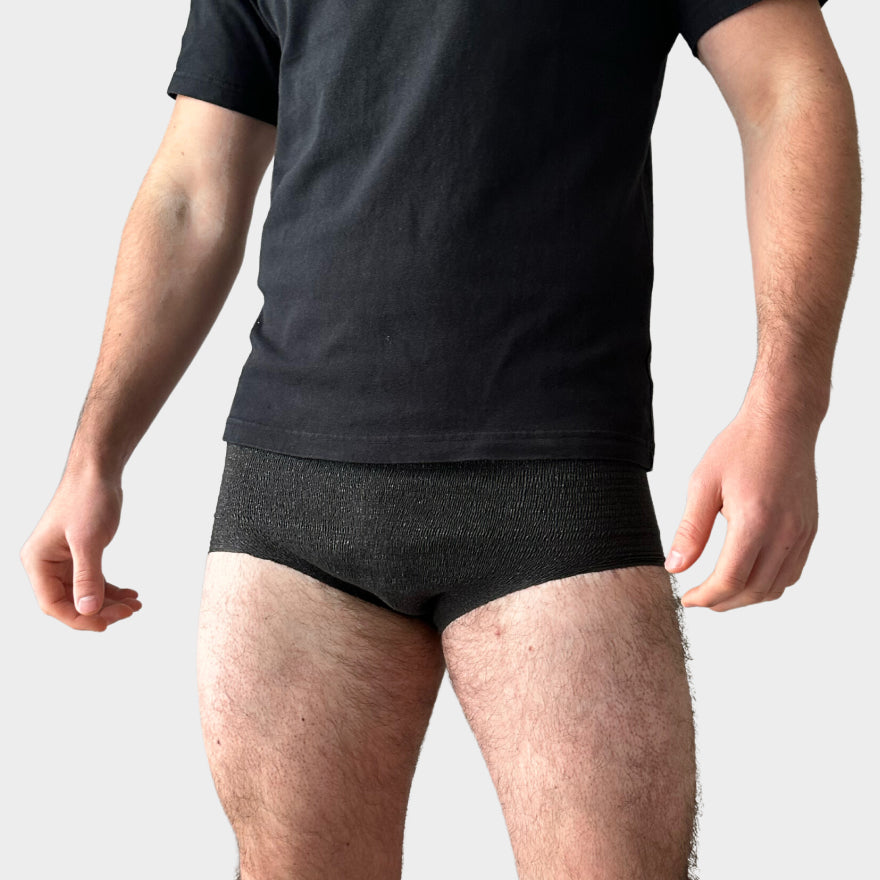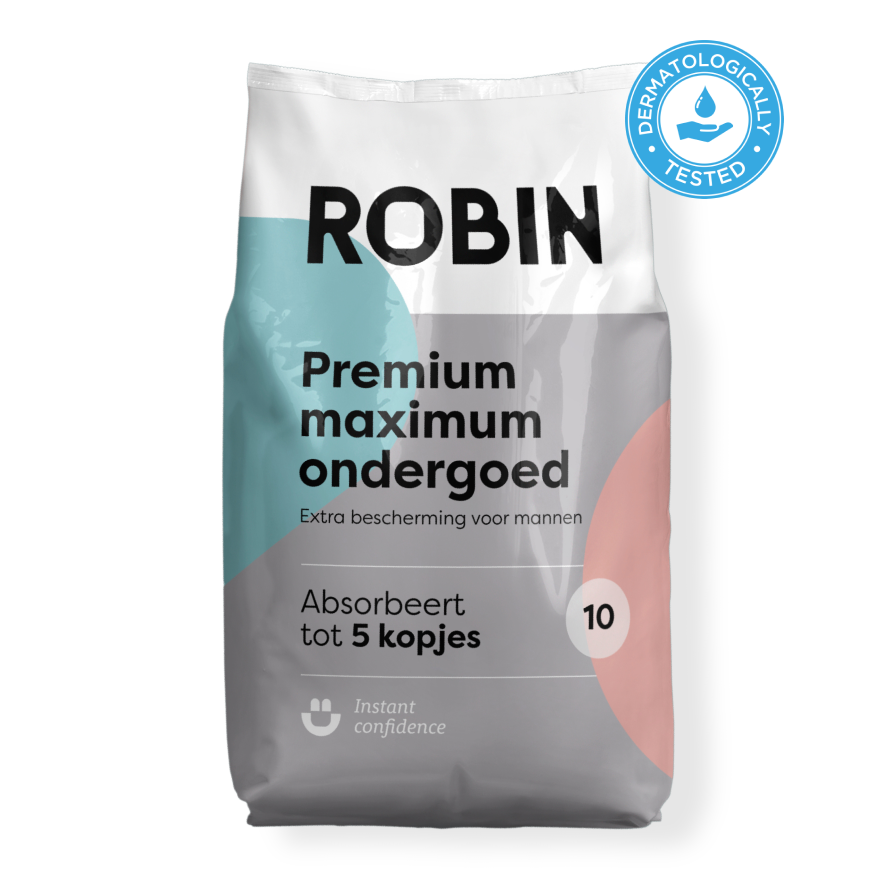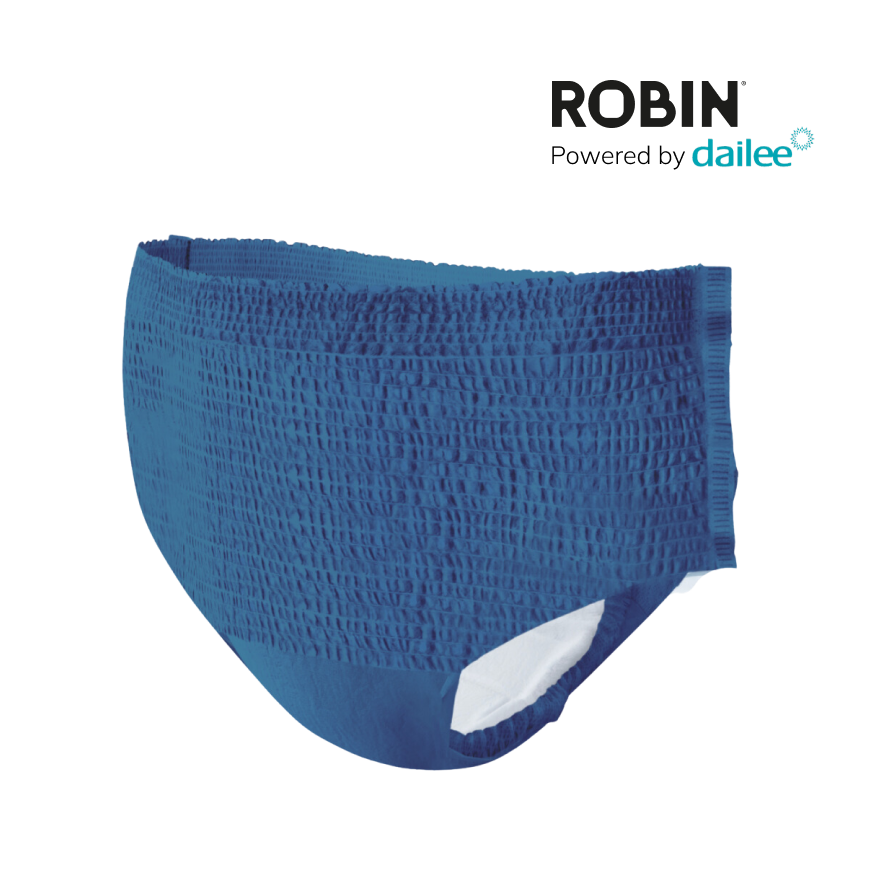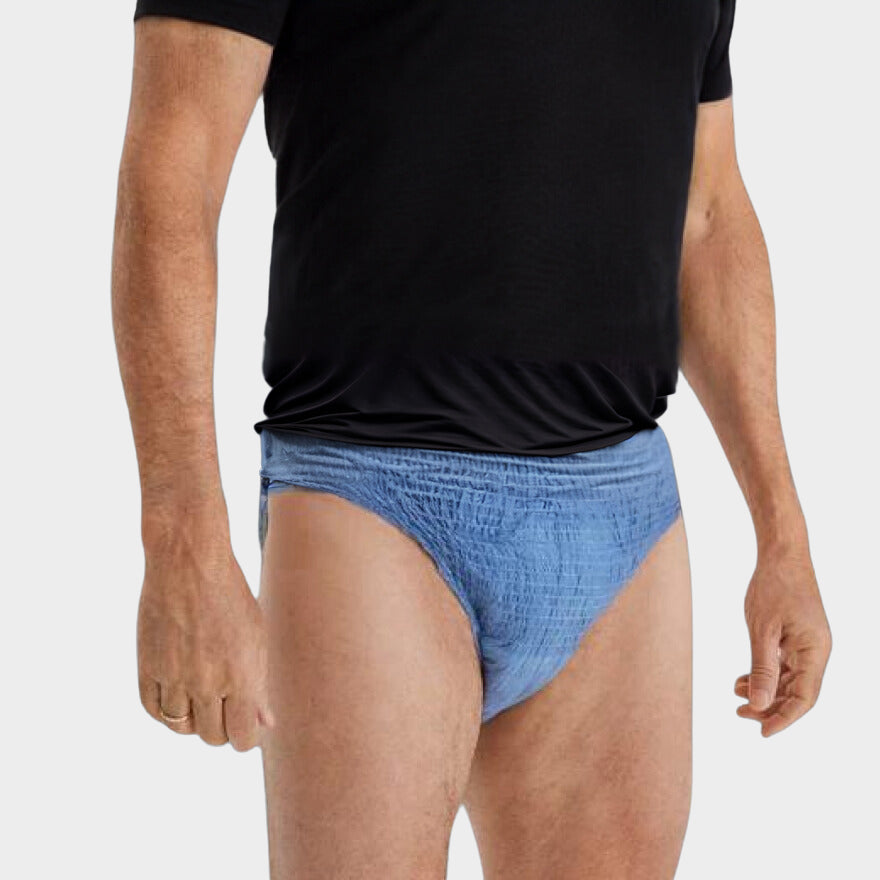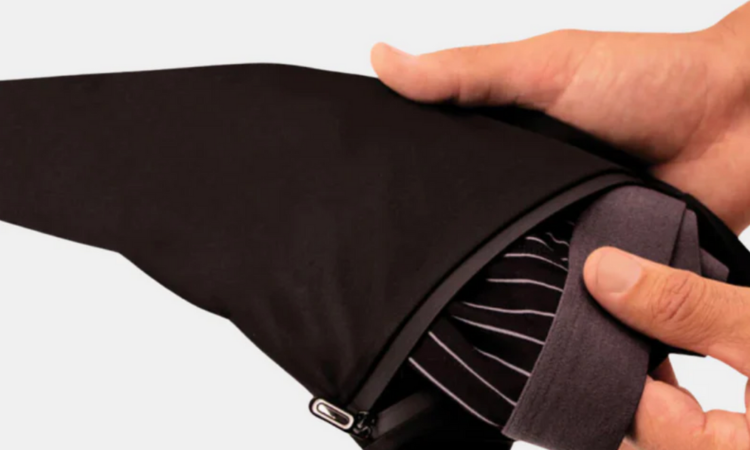Incontinence is more common when you are a cold or flu. These tips for urinary incontinence during the flu season can help.
If you or your neighbor suffer from incontinence, you know that this can happen at any time of the day or night. Although a number of strategies in the field of lifestyle and medication can be useful in controlling incontinence, there are also a number of factors that can lead to more incontinence that you should pay attention to. For example, think of a cold or flu! Read on for our tips for urinary incontinence during the flu season.
Why is there a connection between colds and incontinence?
If we have a cold, it is normal for us to sneeze and cough as a result of the infection. This can immediately put pressure on the bladder due to the increased pressure on the abdomen, which leads to further urine loss and a lack of control when urinating or bowel movements.
Clogging and a runny nose can create a chicken-egg situation where the harder it is to breathe, the more we will probably cough or sneeze, causing constant pressure on the abdomen. However, if you use cold medication without a prescription, such as decongestiva, you can also suffer from side effects such as more often, which causes parallel problems with incontinence.
In addition to the pressure increase, infections and inflammations can also lead to the development of incontinence. It is a less well -known fact that the urinary tract and the bladder themselves run the risk of becoming infected during a cold. Just like any other part of our body that gets infected, this can disrupt the regular processes, resulting in increased urge, frequency of incontinence incidents and urine loss.
Common causes of incontinence incidents
Incontinence can be caused by a wide range of factors. This can make it difficult to find an approach that fits your individual incontinence needs, because what works well for one person may not be suitable for another. But by understanding which factors can lead to an increase in incontinence, you can find the tools and resources that are needed to minimize the impact on your daily activities.
Specific foods and drinks:
Common triggers for incontinence can probably already be found in your fridge and pantry. Seasoned food, sour ingredients and caffeine are probably the culprits for more incontinence. These foods and drinks can irritate both the bladder and the urinary tract, which increases the urination and frequency of urination or bowel movements.3 If you want to relieve the pressure on your bladder, it is best to limit these foods and drinks as much as possible.
If you have a cold and suffer from increased incontinence, pay attention to the food and drink that you take. If you know what things you cank, it can help to relieve your incontinence while you rest and restore it.
Stress:
Being unwell can cause stress in itself. Unfortunately, this increased condition can lead to worsening of incontinence symptoms, so it is important to minimize your stress if you try to get rid of a cold.
Stress can lead to tightening the muscles in the pelvic area, making it more difficult to keep the urine in the bladder. When our body is stressed, it gives a mixture of hormones, including adrenaline, leading to the muscles. The result can be an increase in the urge and the frequency of peeing, but also more effort to resist the urge to pee.
Cold and flu medication:
We often grab cold and flu medication when we realize that we have become a cold. Although these drugs can help to reduce the intensity of the cold and flu symptoms (and support your body while it works to get rid of the infection), a side effect may be that you more often suffer from incontinence.
Decongestiva and antihistamines are two of the most used recipe -free drugs for colds and flu. Unfortunately they can lead to more peeing, which often puts more pressure on the bladder while it is in the middle of the fight against an infection.
Some medicines can also cause dry mouth, which can lead to dehydration. Urine becomes more concentrated when the body is dried out, which makes the bladder further irritated.
Your pharmacist or doctor will advise you on which medicines for a cold and flu you can use the best to combat your cold symptoms, while you also ensure that you have as few side effects as possible that can lead to further incontinence problems. If you use other medicines related to incontinence or an underlying condition, it is important to ask a healthcare professional for advice before using new medicines.
How do you deal with incontinence when you are sick?
Dealing with incontinence while you also have a cold can be quite a challenge, because several symptoms claim your attention. You already have little energy and now your body also requires more energy!
By applying a number of simple strategies, you can support the health and well -being of your body while fighting the infection and is on the way to recovery.
These strategies include:
- Stay hydrated. Water is one of the best and simplest means to combat a cold. Liquids help to rinse the urinary tract and reduce inflammation.
- Focus on your diet. Harming, healing meals are essential to keep a cold under control and to minimize incontinence. Stay away from stimulating foods and beverages, such as spicy or sour food and caffeine, because they will probably aggravate your incontinence.
- Choose your medicines carefully. Your doctor will advise you which medicines help to relax your bladder muscles (making it easier to stop urine) and at the same time fight the infection of the cold.
- Practice your cones. Pelvic floor exercises can help build the power of your pelvic floor in preparation for an illness or infection. You can do these exercises at any time and at any place because they are so discreet, so by including them in your normal practice routine, you can prepare for your next cold or flu infection.
These strategies can also be very useful if you are looking for ways to deal with incontinence daily, with or without a cold. By combining a wide range of lifestyle choices and preventive measures, you can perhaps reduce the frequency or intensity of incontinence incidents.
